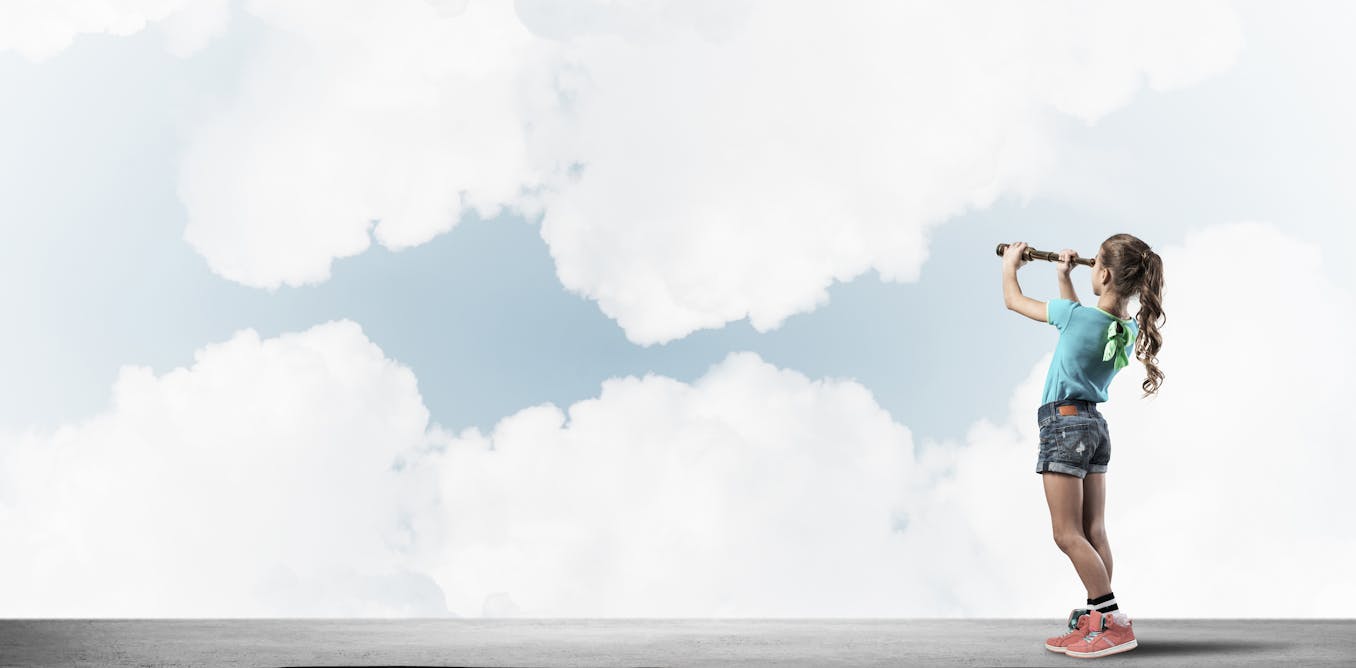Hurricane Laura was the latest storm to strengthen fast, but is rapid intensification really becoming more common?
Laura went from a tropical storm to a major hurricane in less than 24 hours, sending coastal residents scrambling to prepare. Hurricanes Harvey and Michael exploded in strength in similar ways.
Aug. 28, 2020 • ~6 min




